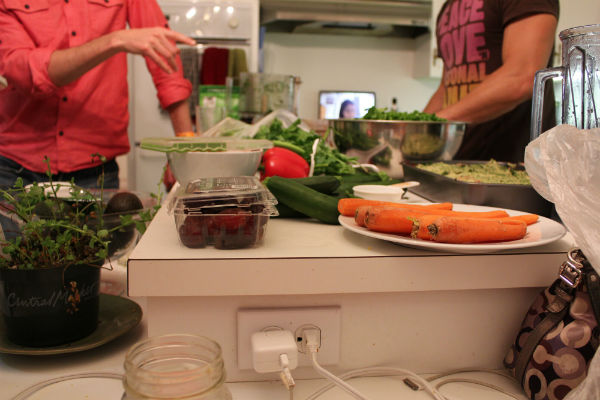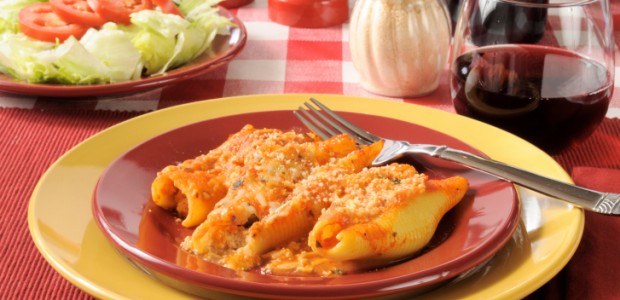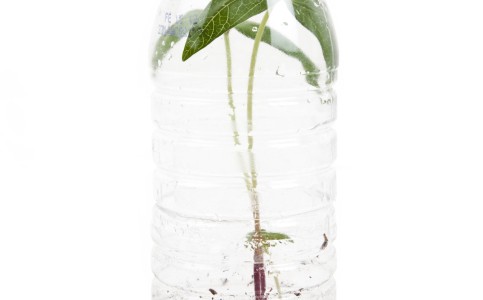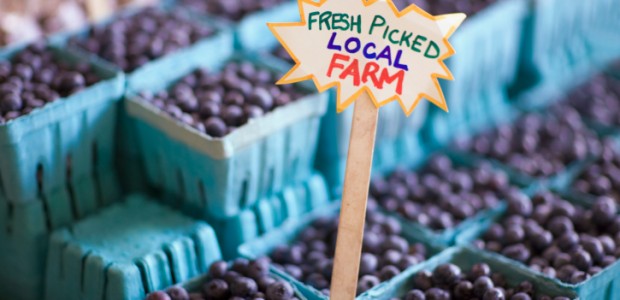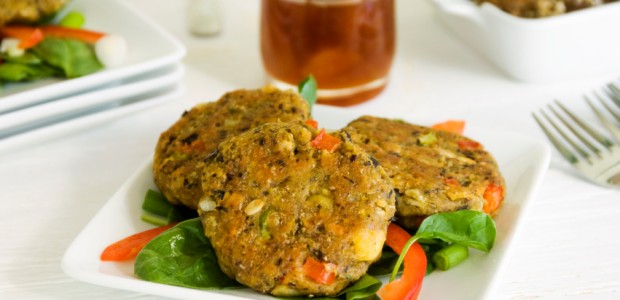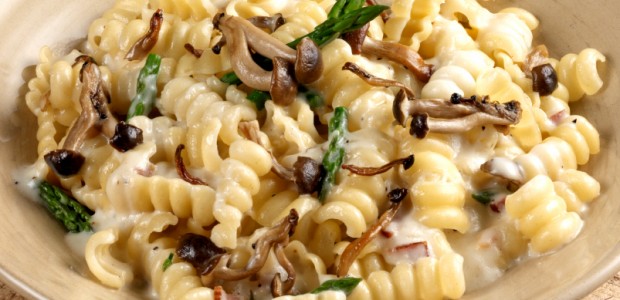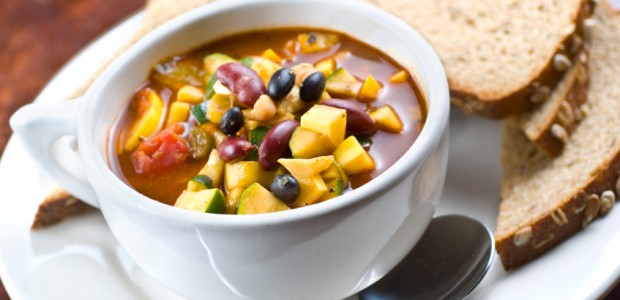There are a lot of reasons to eliminate meat from our diets but it can be an intimidating prospect. It doesn’t matter if you want to go vegan or vegetarian for health reasons, because you care for the environment, because it aligns with your moral beliefs or any other reason, it can still be a confusing and scary thing to do. If you are looking to ease into it, you can try these non-drastic ways to cut down on meat.

1. Stretch ground beef with rice and beans
If you are going to use ground beef for anything, you can cut it down with rice and/or beans. The meaty flavor you crave will still be there but you will be consuming only a fraction of the meat you usually would. Rice and beans are quite filling and cheap too, so this measure can be really good for your pockets as well as your diet.
2. Add chopped mushrooms to your pasta sauce
There are lots of delicious pasta sauces that call for meat and it’s hard to give up pasta. The good news is that in almost any meat-based sauce, you can replace the meat with chopped mushrooms and nobody will even notice. Mushrooms have a similar chewy texture and they will soak up the flavors of the rest of the ingredients in the sauce. Delicious pasta, no animal products. It’s the perfect dish.
3. Make your bacon count
Everybody loves bacon and it’s one of the hardest things to give up when changing your diet. You don’t have to give it up just yet, but you can really make it count. When making any dish that includes bacon, cook it first and leave the fat in the pan. Use the fat to cook the vegetables and other ingredients in the plate. This way, you can have a dish with only one strip of bacon and make it taste like it’s packed with the delicious stuff.
4. Eggs for lunch and dinner
For some reason, eggs are regarded as a breakfast food by almost everyone but you don’t have to restrict your egg dishes to the morning. Eggs are full of protein so they are great to have for lunch instead of a deli meat sandwich. If you cook them right, they can even be a fancy addition to your dinner plate. Besides, breakfast for dinner is always great.
5. Use vegetables with different textures
One of the biggest hurdles to overcome when phasing meat off your diet is that feeling that something is missing from all your meals. It’s like the dish is not complete unless it has some form of meat in it. Satisfy those cravings by combining many different textures in the same plate. Crunchy onions, soft potatoes, tender broccoli and leafy kale feel very different in your mouth.


